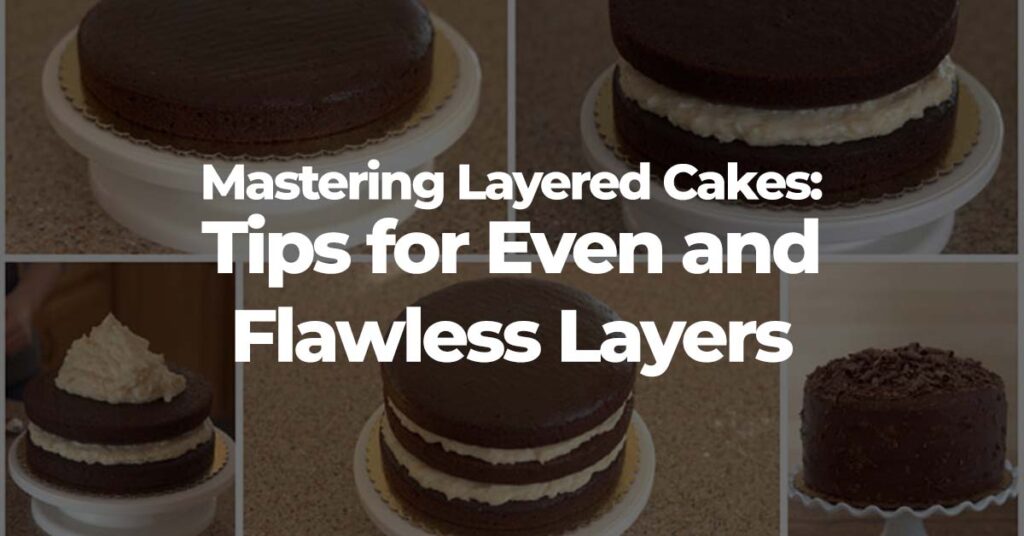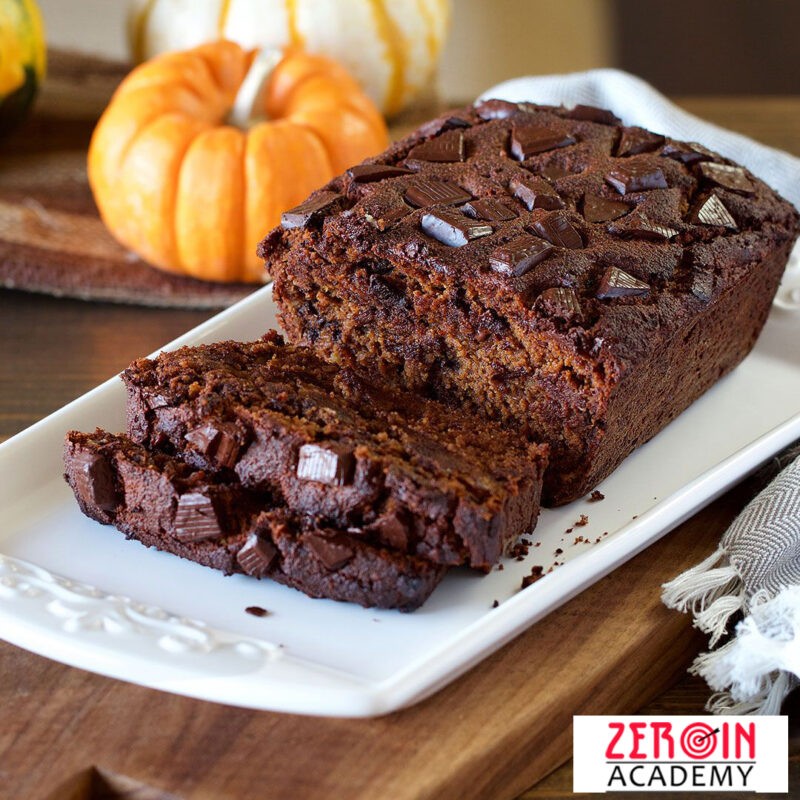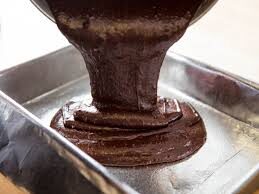
Layered cakes look simple—until you’re the one stacking them. The precision. The symmetry. The buttercream that refuses to cooperate. You need a place where they don’t only teach you baking — a place where they train you to understand how a cake works from the inside out. This blog will give you a head start on mastering your cake layering.
1. Start with Flat, Even Cake Layers
It all begins with the base. Uneven cakes create unstable stacks, and no amount of buttercream can hide that. Bake your layers low and slow—160°C is often the sweet spot. If your cakes dome, level them using a serrated knife or cake leveller. If you want consistency at all times, invest in baking strips. They help the cake bake evenly from edge to centre.
2. Weigh, Don’t Guess
Each cake tin should hold the same amount of batter. Don’t eyeball it—use a digital scale. This ensures every layer bakes uniformly in height and texture. A 10g difference may not sound like much, but once stacked, it shows.
3. Chill Before You Stack
Fresh cakes are soft, warm, and prone to crumbling. Cool them completely, then let them chill for 30 minutes. Cold layers are easier to handle, cut, and frost. You’ll also notice fewer crumbs during frosting—something students at Zeroin get drilled on from Day 1.
4. Crumb Coat: Non-Negotiable
Need a clean finish? Always start with a crumb coat—a thin layer of buttercream that traps crumbs and smooths out gaps. Chill the cake after this step. Ten minutes in the fridge makes all the difference. Then move on to your final coat.
Pro tip: Use an offset spatula for precision, and a turntable for smoother coverage.
5. Mastering the Buttercream
A flawless buttercream finish isn’t about luck—it’s about texture and temperature. The butter should be soft but not melting. If it’s too cold, the frosting won’t spread. If too warm, it turns greasy. And always beat your buttercream until it’s airy.
6. Sharp Edges, Smooth Sides
For a modern look, aim for clean edges. Use a bench scraper against the side while rotating the cake. Don’t rush it. The buttercream should be firm but pliable—this is where chilling between coats pays off.
At Zeroin, we teach our students how to spot when the frosting is ready. It’s more about feel than a fixed time.
7. Avoid Overloading Fillings
Less is more. Overfilled layers shift, bulge, or collapse. Use a piping bag to create a buttercream dam around the edge before adding softer fillings (like ganache or compote). It keeps everything where it should be.
8. Practice the Final Polish
Once frosted, smooth the cake again with a warm spatula. It gives the buttercream a slight sheen and blends any tiny imperfections. We show our learners how to adapt their tools to their climate—a trick that makes a huge difference in the humidity-prone kitchens.
The Zeroin Approach
We believe that all the Layered cakes are architecture. They need structure, planning, and technique—not guesswork. Our baking courses in Chennai teach you all of this hands-on. You don’t just bake—you build.
Whether you’re prepping for clients, competitions, or content, your cakes should reflect skill and control. At Zeroin Academy, we show you exactly how to get there.

